https://ospreypublishing.com/thisweekhistory/
Great danger was caused for Ieyasu when his son Hidetada was delayed at Ueda, one of several sieges that took place as the two sides tried to capture each other's castles, but the final outcome of the contest was decided not by a siege but by an epic field encounter in a narrow valley through which ran the Nakasendo road. The battle of Sekigahara proved to be one of the most decisive battles in Japanese history. Ishida Mitsunari advanced his army to block Ieyasu's advance towards Kyoto and Osaka, and the issue was settled with much bloodshed.
When the fighting commenced that foggy October morning, Ieyasu's vanguard advanced under Fukushima Masanori and Ii Naomasa. The latter led his 'Red Devils', so?called because of their red?lacquered armour, who first moved against the troops of Ukita Hideie, and then switched their attack to the Shimazu of Satsuma. The outcome of the battle was very much in the balance until Kobayakawa Hideaki (one of Ishida Mitsunari's best generals) dramatically changed sides in favour of the Tokugawa and attacked the western contingent nearest to his position. This was the turning point in the struggle. Ishida Mitsunari tried to hold firm, but the Shimazu pulled back and, as the Western Army began to withdraw, the Shimazu began a gallant rearguard action. The pursuing Ii bore the main brunt of their brave and stubborn endeavour. When contingents of the Western Army were seen withdrawing, Tokugawa Ieyasu ordered a general advance. Up to that point he had not worn his helmet, but with the words 'After a victory tighten your helmet cords,' he completed his arming and followed his troops to victory. Ishida Mitsunari was captured alive, and his castle at Sawayama was burned to the ground.
The battle is described in detail in Campaign 40: Sekigahara 1600 The Final Struggle for Power and placed fully in the context of the 150 years of war that it brought to a close in Essential Histories 46: War in Japan 1467-1615, (extract below). An earlier major clash of between rival samurai, which extended to five battles over 11 years, is vividly chronicled in Campaign 130: Kawanakajima 1553-64 Samurai power struggle (published next month).
An Extract from Essential Histories 46: War in Japan 1467-1615
The triumph of the Tokugawa
An Extract from Essential Histories 46: War in Japan 1467-1615
The triumph of the Tokugawa
Following the successful outcome of the siege of Odawara in 1590, Tokugawa Ieyasu was granted the Hojo territories in fief, and moved his capital to Edo. The distance of his domains from Kyushu allowed him to avoid service during the invasion of Korea - a futile and bloody war that sapped the strength of many of his contemporaries. The invasion had ended when Hideyoshi died in the manner that all dictators dread, leaving his infant son Toyotomi Hideyori to inherit newly unified Japan. The daimyo who had survived or avoided the decimation of the Korean War then divided into two armed camps and fought each other at the famous battle of Sekigahara in 1600. On one side was a coalition under the command of Ishida Mitsunari, who supported the cause of the infant Hideyori. They were called the Western Army. Opposing them was Tokugawa Ieyasu, who believed that only he had the resources to manage the newly unified empire. His supporters were called the Eastern Army, and they marched towards Osaka from Edo.
Great danger was caused for Ieyasu when his son Hidetada was delayed at Ueda, one of several sieges that took place as the two sides tried to capture each other's castles, but the final outcome of the contest was decided not by a siege but by an epic field encounter in a narrow valley through which ran the Nakasendo road. The battle of Sekigahara proved to be one of the most decisive battles in Japanese history. Ishida Mitsunari advanced his army to block Ieyasu's advance towards Kyoto and Osaka, and the issue was settled with much bloodshed.
When the fighting commenced that foggy October morning, Ieyasu's vanguard advanced under Fukushima Masanori and Ii Naomasa. The latter led his 'Red Devils', so?called because of their red?lacquered armour, who first moved against the troops of Ukita Hideie, and then switched their attack to the Shimazu of Satsuma. The outcome of the battle was very much in the balance until Kobayakawa Hideaki (one of Ishida Mitsunari's best generals) dramatically changed sides in favour of the Tokugawa and attacked the western contingent nearest to his position. This was the turning point in the struggle. Ishida Mitsunari tried to hold firm, but the Shimazu pulled back and, as the Western Army began to withdraw, the Shimazu began a gallant rearguard action. The pursuing Ii bore the main brunt of their brave and stubborn endeavour. When contingents of the Western Army were seen withdrawing, Tokugawa Ieyasu ordered a general advance. Up to that point he had not worn his helmet, but with the words 'After a victory tighten your helmet cords,' he completed his arming and followed his troops to victory. Ishida Mitsunari was captured alive, and his castle at Sawayama was burned to the ground.
Fukushima Masanori, dowódca u boku Tokugawy Ieyasu, rysunek, XIX w.
Samuraj uzbrojony w łuk, rysunek z XIX w
Wojsko Tokugawy Ieyasu podczas bitwy, rysunek japoński, ok. 1620 r.
Tokugawa Ieyasu podczas bitwy, rysunek japoński, XVII w.
Szogun z rodu Tokugawa i 16 możnych, rysunek japoński, XVII w.
Samuraj w zbroi lamelkowej ze stalowym kirysem i w hełmie, uzbrojony w dwa miecze: długi – katanę, i krótki – wakizashi, oraz kompozytowy, długi łuk shigeto
Samuraj w hełmie z maską i w zbroi ze stalowym napierśnikiem, uzbrojony w „dzidę-miecz” – naginatę, oraz miecze: wakizashi i katanę
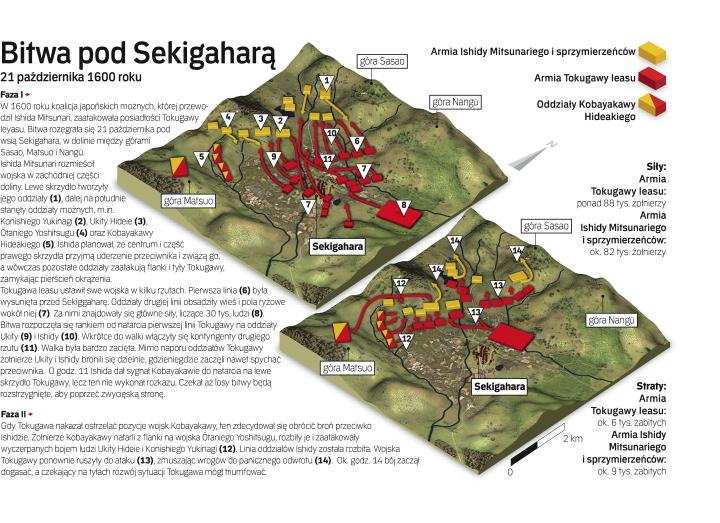

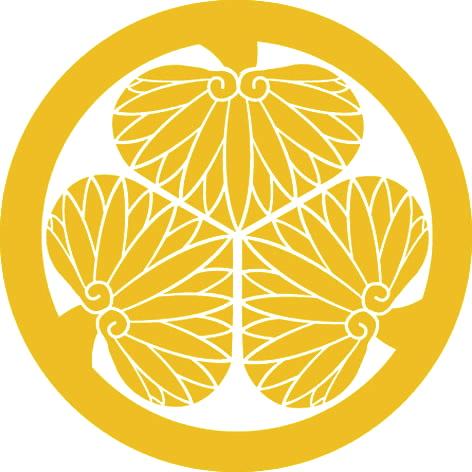
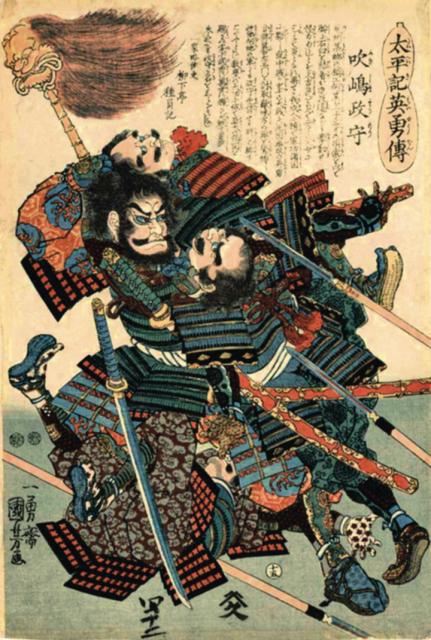
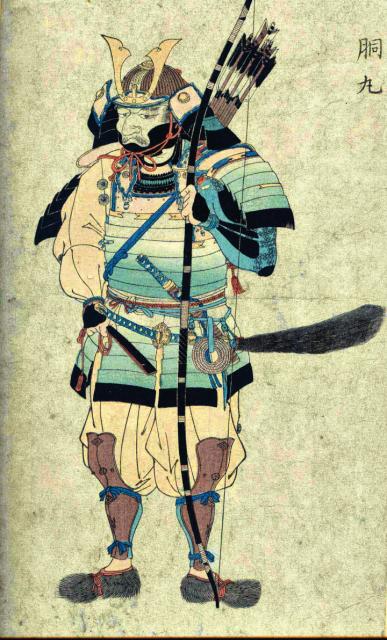
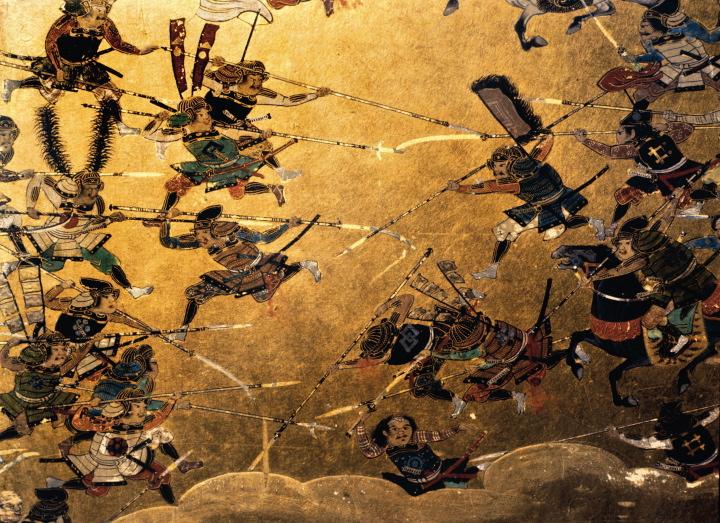
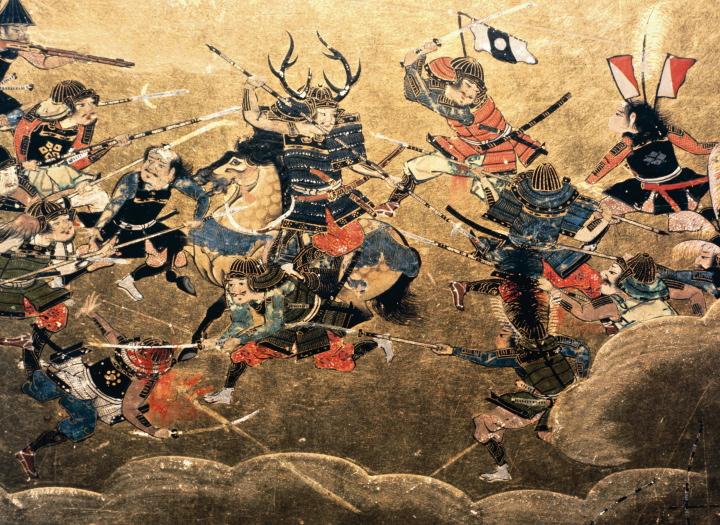
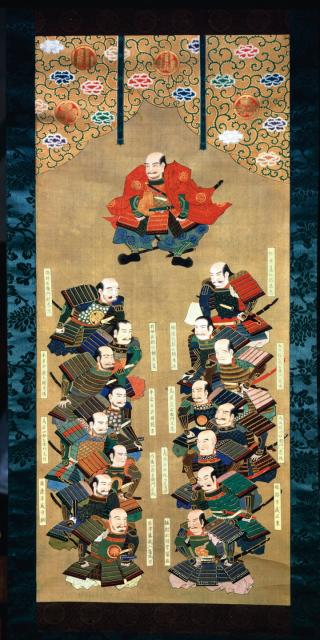

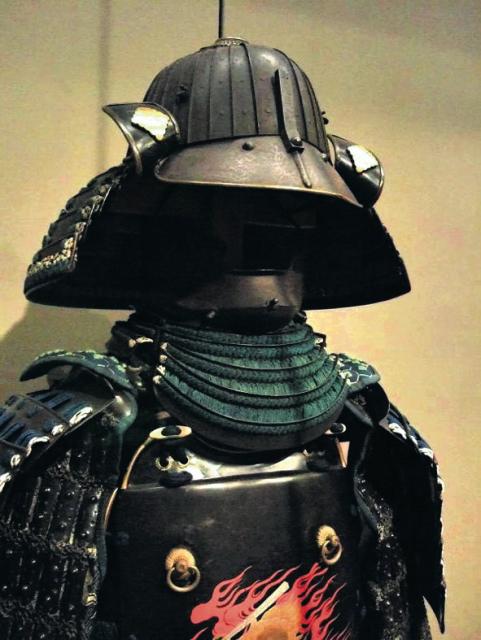
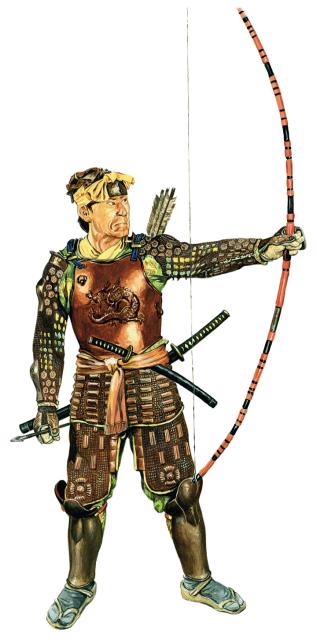
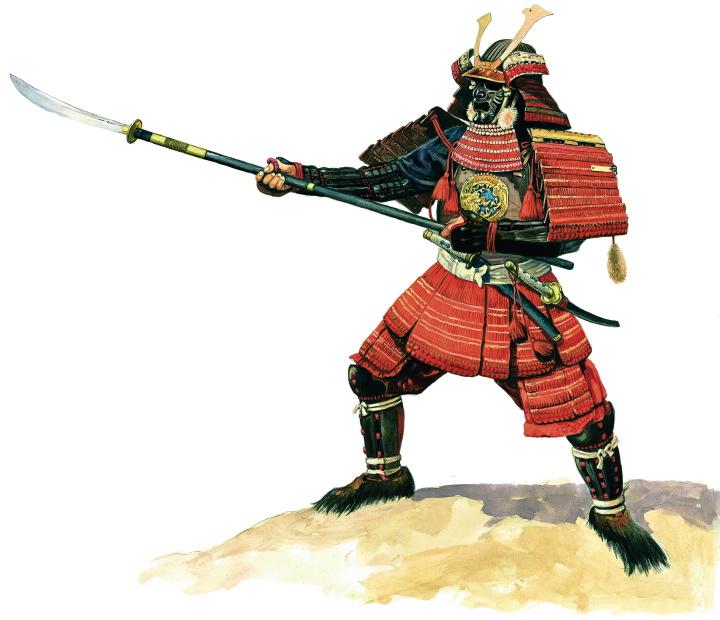
No comments:
Post a Comment